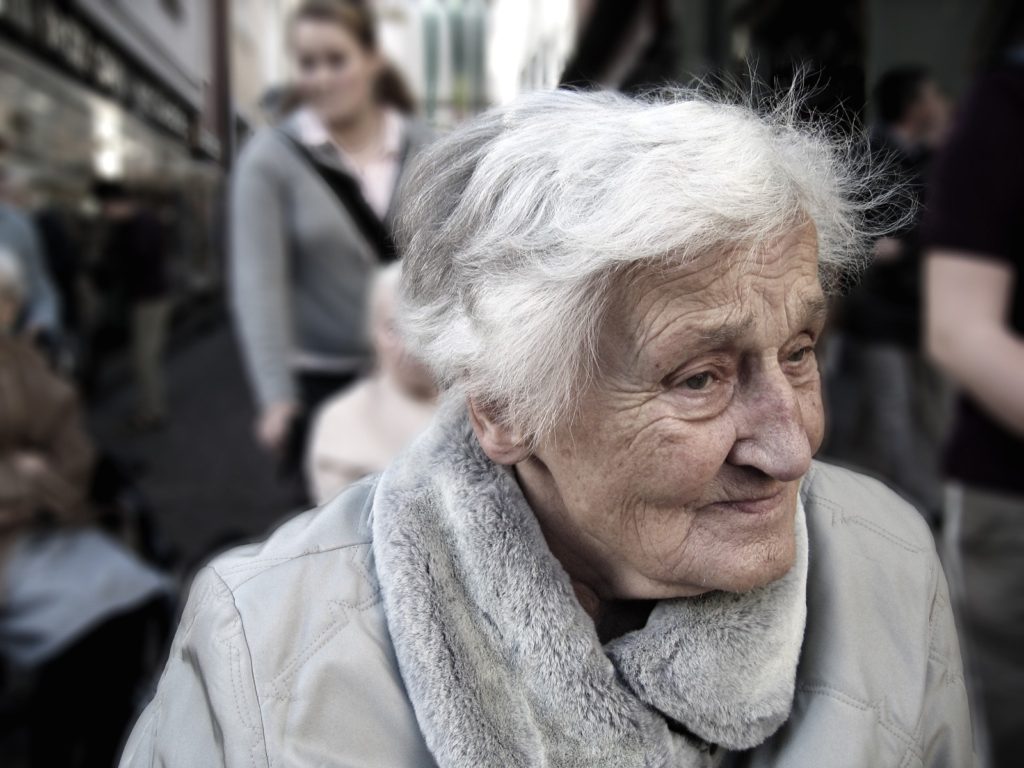SARASOTA, FLORIDA. I am shuttling between nursing homes— my 87-year-old stepfather in one for rehabilitation, my 87-year-old stepmother in another, also for rehabilitation— when it hits me. South Timiami Trail, the usual route to fabled Siesta Key, needs a new name. After driving by more than a mile of buildings and signs offering medical services, skin treatments, vision correction, cosmetic surgery, podiatry, and help for just about any other aging body part, I feel that this street should reflect its use as much as its long history.
Medicare Boulevard comes to mind.
In my week here I am learning in the most visceral way that retirement isn’t what it used to be. Today, it has two parts.
Once a short period between hard work and death, retirement is now the equivalent of starting a new life in a used body. Today, a couple retiring at 65 can expect that one of them will live another 25 years. During that time life expectancy may advance another 25 percent, perhaps more.
Do the math and we’re talking about living to be 90 or more. Lead a healthy life and you have a good chance of living to 100.
That’s a long, long time.
As a result, modern retirement has two distinct parts— active retirement and declining retirement. Active retirement is what all the magazine articles are about. It is sunny, cheerful, and playful. Pictures in these articles are full of smiling faces that no longer have to deal with college tuitions and stressful jobs.
These articles tell us how much to save and where to invest our money so we can enjoy a well-financed retirement. For this we learn about equity mutual funds, price to earnings ratios, risk-adjusted returns, growth versus value investing, and all the other buzzwords of financial planning.
The second part of retirement remains in shadow. It is learned on a “need to know” basis, buried beneath mountains of denial by all concerned.
Like investing, it has its own vocabulary.
In late retirement— the part where health is failing— there are two basic choices. The relatively fit can go to an ALF, Assisted Living Facility. The less fit can go to Skilled Nursing. In the first, the door to your room is closed and you can perform as many ADLs (Adult Daily Living Activities) as you can manage. The more help you need, the more you will have to pay.
You won’t be allowed to live in an ALF, however, unless you can “transfer.” This means you can move from a bed to a wheelchair or from a wheelchair to a toilet on your own. You must also be able to leave the building without assistance in event of emergency.
We don’t like to think about things like this.
In Skilled Nursing, the door to your room is open and you’ll share the room with another person, probably a stranger. Men are a tiny minority and married couples are very, very scarce.
In Skilled Nursing there are two kinds of people. Some pose an “elopement risk,” meaning that they might wander away and not know how to come back. The demented and Alzheimer’s residents— who comprised almost half of the population in the five facilities I visited— live in special, secured wings so they won’t “wander” or “elope”. The others know where they are.
What is the most important question to ask? The number of CNAs— Certified Nursing Assistants. Why? Because the staffing ratio determines how much care is available for the residents. Another thing to check: the number and nature of the citations in state inspections.
By the time you get into Skilled Nursing, someone else is managing your money or you don’t have any. How do we plan for this?
Simple.
First, pray for loving children. George Francis Blasius has five sons. I’m proud to be one of them. We’ll see it through.
Second, share information and preferences with your children. Keep your affairs in order. Talk about how you want to deal with the last part of your retirement. Do it now. This is easier said than done, but essential.
Third, accept that late retirement isn’t a financial thing. The issue for most Americans isn’t whether they will run out of money, it is when. With a typical monthly cost of $3,500 to $4,000 a person, exclusive of medication, Medicaid is the final financial plan. Nationally, 68 percent of all Nursing Home residents are Medicaid patients according to the CareScout website.
Finally, remember this sign from a nursing home wall:
“Worry is like a rocking chair; It gives you something to do, But it doesn’t get you anywhere.”
(c) A.M. Universal, 2001
